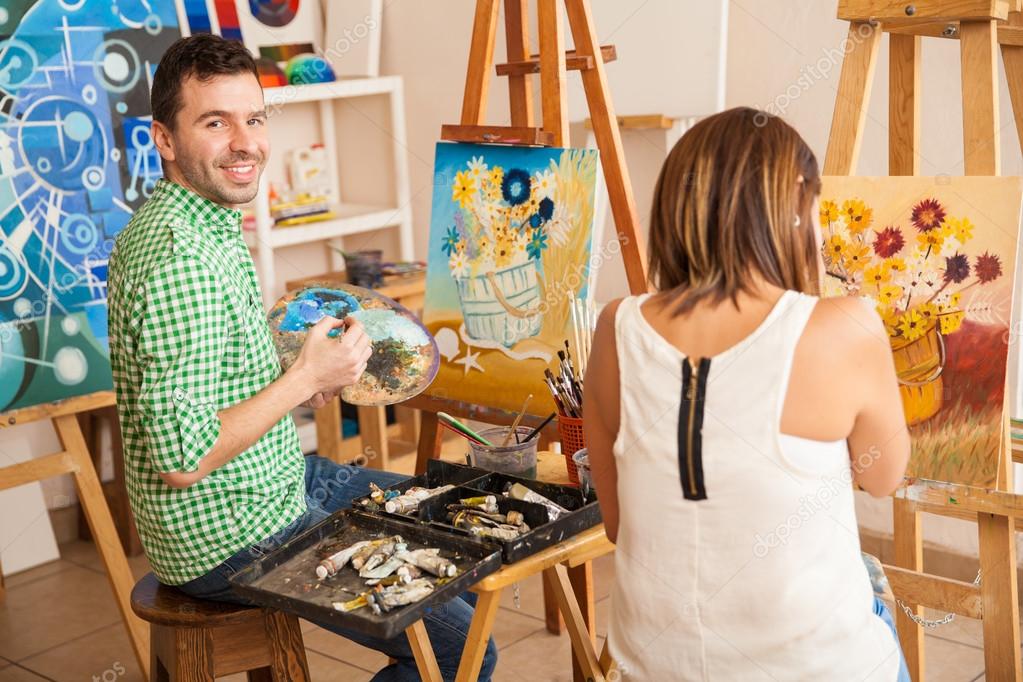"Using Lighting in Photo-Based Reference Photos": Mastering the Art of Illumination
As professional photographers, leveraging the power of using lighting in photo-based reference photos can be a transformative skill that elevates your work to new artistic heights. Whether capturing the perfect landscape shot or creating stunning portraits, understanding and exercising control over lighting can profoundly impact the quality of your photos. At the heart of every remarkable image lies an understanding of light and how to manipulate it to enrich your photographic endeavors.
The use of lighting is a fundamental aspect of photography, particularly when working with photo-based paintings. Without proper lighting adjustments, even the most compositionally sound photos can fall short of their potential. Hence, embracing this essential aspect of photo-based references not only enhances your photography but also aids in creating more vivid, realistic images, ready to be transformed into artistic masterpieces.

Why Lighting Matters in Photography
Lighting is not just an accessory in photography; it is the main ingredient that offers depth, dimension, and mood to images. Using lighting effectively in photo-based reference photos can significantly alter the perception and realism of your photographs. When dealing with various forms of art, lighting becomes even more critical as it helps in setting the tone and highlighting the key focus areas of the composition.
This careful manipulation of light can distinguish between a flat, lifeless photo and an engaging and vibrant piece of art. When photographers determine how and where to introduce light into their shots, they emphasize particular features and guide the viewer's eye, creating a narrative that resonates strongly within the frame. For tips on maintaining a consistent tone, check out this resource on initiating photography-based art.
Essential Techniques for Effective Lighting
Natural vs. Artificial Lighting
Choosing between natural and artificial lighting is an ongoing debate among photographers. Natural lighting, for the most part, provides a softer, more organic feel. However, it often requires a comprehensive understanding of the day's light cycles and weather patterns to manipulate effectively. Artificial lighting, while allowing more control over intensity and direction, requires a proficiency in the use of equipment like flash units, reflectors, and diffusers to prevent harsh shadows or washed-out features.
Most professional photographers meticulously plan and balance both natural and artificial light sources to align with the subject and the intended mood of the photograph. For those exploring the nuances of light usage in their art, this guidance can be invaluable in developing a personal style. Dive deeper into these contrasts with resources like painting from a picture.
Understanding Shadows and Highlights
Mastering shadows and highlights is crucial to using lighting in photo-based reference photos. Shadows can create a dramatic effect, adding depth and mystery, while highlights can accentuate and draw attention to critical focal points in the image. The balance between the two is what creates an image that is both dynamic and realistic. This technique involves not just one light source but a combination, sometimes referred to as the three-point lighting system: key light, fill light, and backlight.
Each aspect within the lighting setup plays a unique role. The key light is the main light source that illuminates the subject. The fill light helps in softening the shadows created by the key light, bringing a more balanced look to the photo. Finally, the backlight adds depth to the image, helping to break the subject out of the background and giving it an almost three-dimensional quality.
Practical Tips for Incorporating Lighting into Reference Photos
Experiment with Angles and Perspectives
One of the most engaging elements of photography is the freedom to experiment with lighting angles and perspectives. The angle of the light can drastically change the atmosphere of a photo, highlighting details and creating new dimensions. Professional photographers should not only focus on what looks aesthetically pleasing but also understand the mood conveyed through varying light angles.
In this realm, experimenting with light meters and various camera settings can reveal intriguing possibilities, offering photographers greater creative freedom. Document your progress and take notes on successful experiments, creating a tome of personalized expertise that you will rely on time and again in your artistic journey.
Utilizing Photo Editing Tools
In today's digital age, post-processing has become an intrinsic part of photography. Editing tools allow photographers to refine their images further, enhance lighting, adjust contrasts, and bring out hidden details. Software like Adobe Photoshop and Lightroom provides options to adjust exposure dynamically, modify contrast levels, and digitally enhance lighting, unlocking the full potential of photo-based reference projects.
This magical blend of understanding natural lighting principles and using sophisticated post-processing software aligns well with resources that guide the art of painting from photographs.
Setting the Tone for Comprehensive Visuals
A successful photograph captures much more than a static image; it tells a story, stirs emotions, and captivates viewers. The tone set by lighting can hark back to the golden age of art, drawing from Baroque chiaroscuro techniques or the soft impasto of Impressionism. Such undertones ensure that your photos convey a unique signature, a mark of storytelling you carefully crafted using lighting techniques.

FAQs
How does lighting affect the quality of reference photos?
Lighting influences the depth, mood, and clarity of reference photos. Proper lighting ensures the photograph captures the essential textures, colors, and contrasts necessary for accurate reproduction in visual art.
What is the difference between key lights and fill lights?
The key light is the primary light source that creates the main shadows and highlights on your subject, while the fill light is used to soften these shadows, providing a more balanced and natural look.
Can post-processing software replace traditional lighting setups?
While post-processing tools are powerful for enhancing images, they cannot entirely replace the effects of proper lighting setups. A good lighting foundation is essential for achieving high-quality results, which can then be finely tuned in the post-processing phase.
For more advanced concepts and advice on lighting in reference photos, check out this comprehensive guide.

